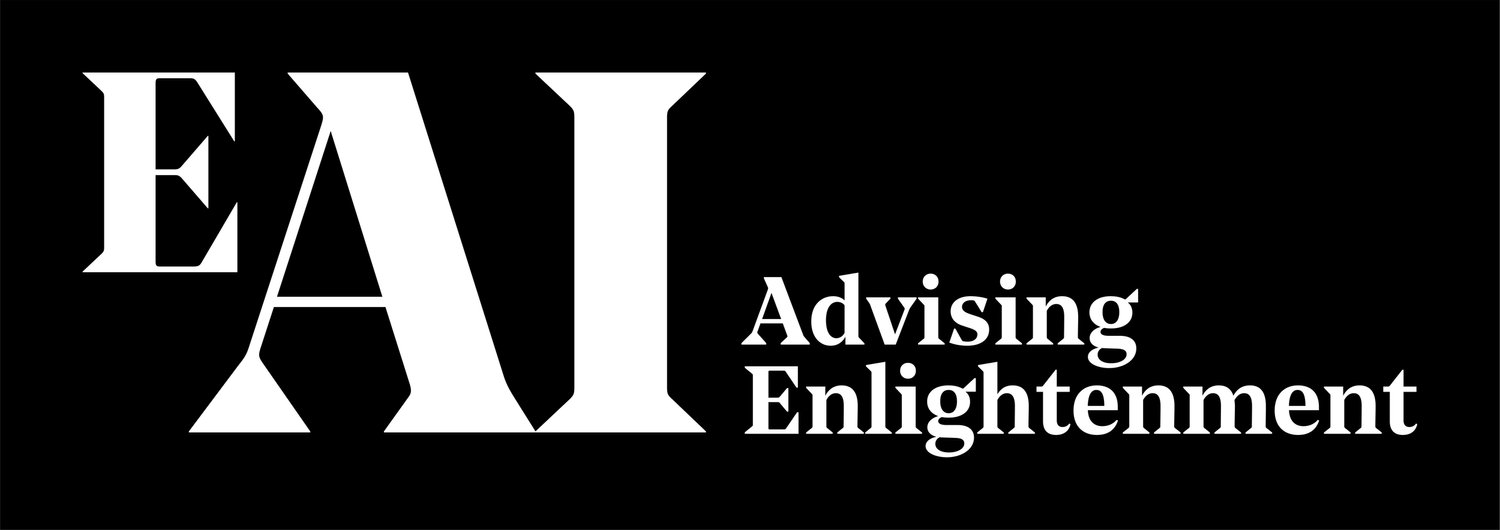Lead Scoring for
Finance and Banking
Increase sales
Increased conversion rates
Better targeting
Reduce costs
Motivation
One of the focuses of Marketing and Business Development teams is getting sales leads or prospects, but once they have gotten a substantial number of leads, it becomes crucial to distinguish the most valuable prospects from the crowd, that is, the ones most interested in buying. This is where lead scoring comes into play.
What is Lead Scoring
Lead scoring is a methodology used by marketing or sales departments to identify the likelihood a lead has of buying a product or service. The teams first need to agree on the definition of a qualified lead. In this case, some leads might be interested in obtaining loans but could not be eligible for them, to begin with.
Traditionally, this is done using specific features from the lead, such as industry, occupation, demographics, age, and income, and metrics to measure the lead’s interest, such as website or app visits, loan simulations, previous loans, visits to the loan terms page, downloads of these terms, and so on.
The teams then attribute a “score” to each of the leads (usually 1-100) and group the leads according to their score. These groups are referred to as "hot," "warm", or "cold", for example, and will be subject to different marketing actions.
Leads that qualify as ideal and showed great interest in the company’s products or services, are called marketing-qualified leads and will be passed to the sales departments. The leads that are a good fit but have not shown any interest or interaction are sent to the marketing department for lead nurturing.
Lead Scoring with Machine Learning
Instead of having marketing teams manually define strict criteria to score their leads, one can use the same input of historic features of leads, coupled with previous purchases of these leads, to train a machine learning model. This is a supervised learning problem that can be solved with a classification algorithm.
The simplistic and strict rules such as “leads with over 2 emails read” are then replaced by more robust and better-performing algorithms, that also have the benefit of adapting to changes in features over time.
Optimal resource allocation
Contacting your clients has a cost, either your employees' time, the company's money, or even your clients' attention. For this reason, contacting every single one of your clients is not the best way to promote a service.
Lead scoring allows you to know the probability of a particular lead subscribing to that product. That means, with the same team of 10 people, you can now prioritize your contacts, increasing your sales effectiveness and efficiency. Don’t let your team waste time on people who aren’t buying your product.
See the following example, where we are selling a product for $1,000 for 64,000 leads.
| Lead score | Leads | Expected Conversion | Action | Action cost | Expected Return |
|---|---|---|---|---|---|
| Hot | 1,000 | 30% | Call twice | $10,000 | $290,000 |
| Warm | 3,000 | 10% | Call once | $15,000 | $285,000 |
| Cold | 60,000 | 0.5% | Email campaign | $10,000 | $290,000 |
In this case, we previously identified that 1,000 of these leads have a very high propensity to purchase (hot), 3,000 have a high propensity (warm), and the other 60,000 leads have a low propensity (cold).
What follows is a suggestion of marketing actions by different groupings based on scores, that ensure the same expected total return for each of the marketing actions.
Relevant communication with your clients
Nowadays, we are bombarded with marketing messages and advertisements, many of them irrelevant to our needs. This communication feels impersonal and doesn’t help build a strong relationship between the bank and the customer.
Companies that are able to communicate with their customers using relevant messages will have better chances of creating a strong relationship with them, resulting in higher loyalty and trust between both parties.
Our Experience
We have helped a client build over 30 lead scoring models for banking products and services, improving the conversion rates for marketing campaigns for loans, and personalizing the client’s digital channels to their specific needs at the right time.
This use case achieved international recognition, earning the awards for “Best Technology Initiative - Europe” in the Financial Innovation Awards, and “Best Use of Data” in the Banking Technology Awards. You can read more about this use case here.
Want to learn more?
Miguel Cabrita
Senior Data Scientist, Co-founder
Miguel has helped various companies in banking and finance implement lead scoring and AI solutions.
Having a strong technological background and understanding of business processes and the banking industry helps him detect specific needs and offer the necessary AI solutions for each of them.







